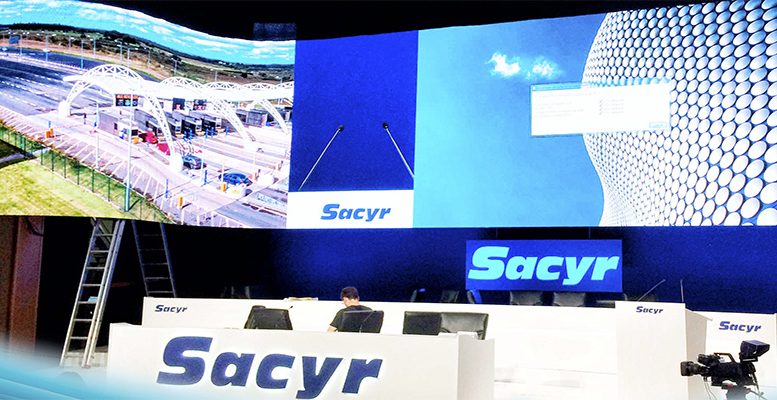Sacyr did well out of the housing bubble in Spain: its Ebitda was multipled by 2.9 between 2001 and 2007. On the other hand, the consequent crash proved disastrous for the company. The Ebitda between 2007 and 2014 fell by approximately 70%. In fact, according to the analysts at Alphavalue, Sacyr is a typical example of a company which sought to diversify (the failed take over of Eiffage, the debt laden investment in Repsol) “but ended up destroying share holder value”.
The “new” Sacyr is building its business on concessions, although it is still not adapted completely. It is still a small company with 1.3 billion euros capitalisation. Alphavalue explains that “the business model of its concessions division is to finance itself rotating mature assets to finance new concessions.” Sacyr only assumes the financial risks and the risk of construction (in theory under control given that it acts as constructor/engineer), as well as part of the traffic risk during the initial phase.
Since its lows in 2016, its recovery has been significant and its risk profile has reduced. The experts still see an upside at 6 months with an increase of 46%. They add:
“With 50% of its NAV (net asset value) in concessions but the main part of its sales and services still in construction and services, Sacyr is moving towards the Vinci or Eiffage model, although Sacyr´s concession assets are still not showing the returns of the two French groups. All the valuation metrics are showing a green light”
Separately, the North American Bank Citigroup has increased its holding in Sacyr from 9.73% to 11.16%. The ex-member of the board Moreno Carretero has ceded his shares to Citigroup so as to work with them, but with the commitment to return them to the board. For this he was expelled from the board.





